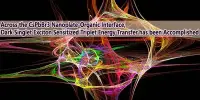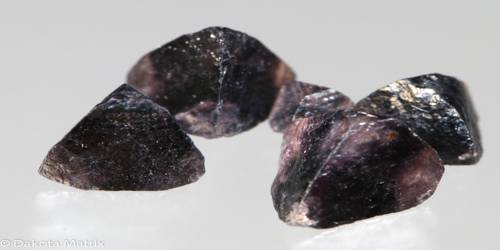Physicists from Australia’s National University created the most sensitive method for detecting an atom’s potential energy (within a hundredth of a decillionth of a joule, or 10-35 joule), and used it to prove one of physics’ most well-tested theories, quantum electrodynamics (QED).
The study, which was published in Science this week, relies on determining the color of laser light in the presence of a helium atom and provides independent confirmation of prior methods for testing QED, which entailed detecting transitions from one atomic energy level to another.
“This invisibility is only for a specific atom and a specific color of light so it couldn’t be used to make an invisibility cloak that Harry Potter would use to investigate dark corners at Hogwarts,” said lead author, Bryce Henson, a Ph.D. student at ANU Research School of Physics.
“But we were able to use to investigate some dark corners of QED theory. We were hoping to catch QED out, because there have been some previous discrepancies between theory and experiments, but it passed with a pretty good mark.”
The electromagnetic force binds two electrons to a nucleus containing two protons and one or two neutrons, depending on the isotope, which is held together by the strong force. Unlike hydrogen, there is no closed-form solution to the Schrödinger equation for the helium atom.
Quantum electrodynamics, or QED, was developed in the late 1940s and described how light and matter interact in a way that has remained successful for nearly eighty years, including both quantum mechanics and Einstein’s special theory of relativity.
This invisibility is only for a specific atom and a specific color of light so it couldn’t be used to make an invisibility cloak that Harry Potter would use to investigate dark corners at Hogwarts. But we were able to use to investigate some dark corners of QED theory. We were hoping to catch QED out, because there have been some previous discrepancies between theory and experiments, but it passed with a pretty good mark.
Bryce Henson
Discrepancies in proton size measurements, which were mostly resolved in 2019, provided signals that QED theory needed some refinement.
Around this time, ANU PhD Scholar Bryce Henson detected minor oscillations in a highly sensitive experiment he was doing on a Bose-Einstein condensate, an ultracold cloud of atoms.
He used unprecedented precision to quantify the frequency of the oscillations, discovering that interactions between the atoms and the laser light changed the frequency as the laser color changed.
He realized he could use this phenomenon to determine the exact color at which the atoms did not interact with the laser at all and the oscillation remained unaltered, effectively making the oscillation invisible.
On an atomic scale, helium diffraction is very sensitive to surface order. When scattering from a well-ordered single crystal surface, about 15% of the scattered helium atoms appear in the specular helium beam, however when the surface is disordered, this proportion drops to 1%.
The team achieved a sensitivity in their energy measurements that was 5 orders of magnitude less than the energy of the atoms, around 10-35 joules, or a temperature difference of about 10-13 of a degree kelvin, using an extremely high-resolution laser and atoms cooled to 80 billionths of a degree above absolute zero (80 nanokelvin).
“That’s so small that I can’t think of any phenomenon to compare it to it’s so far off the end of the scale,” Mr. Henson said.
The team was able to calculate very precise numbers for helium’s invisibility color using these measurements. Professor Li-Yan Tang of the Chinese Academy of Sciences in Wuhan and Professor Gordon Drake of the University of Windsor in Canada were consulted to compare their findings to theoretical predictions for QED.
Theoreticians had to rise to the challenge and improve their calculations because the new experimental technique improved the precision by a factor of 20.
They were more than successful in this pursuit, reducing their uncertainty to a fraction of the current experimental uncertainty and identifying the QED contribution to the atom’s invisibility frequency, which was 30 times more than the experiment’s uncertainty.
The theoretical value was just 1.7 times the experimental uncertainty lower than the observed value.
Professor Ken Baldwin of the Australian National University’s Research School of Physics, who led the multinational team, stated that improving the experiment would not only assist clarify the disagreement, but would also hone an extraordinary instrument that may elucidate QED and other theories.
“New tools for precision measurements often drive big changes in theoretical understanding down the track,” Professor Baldwin said.
















